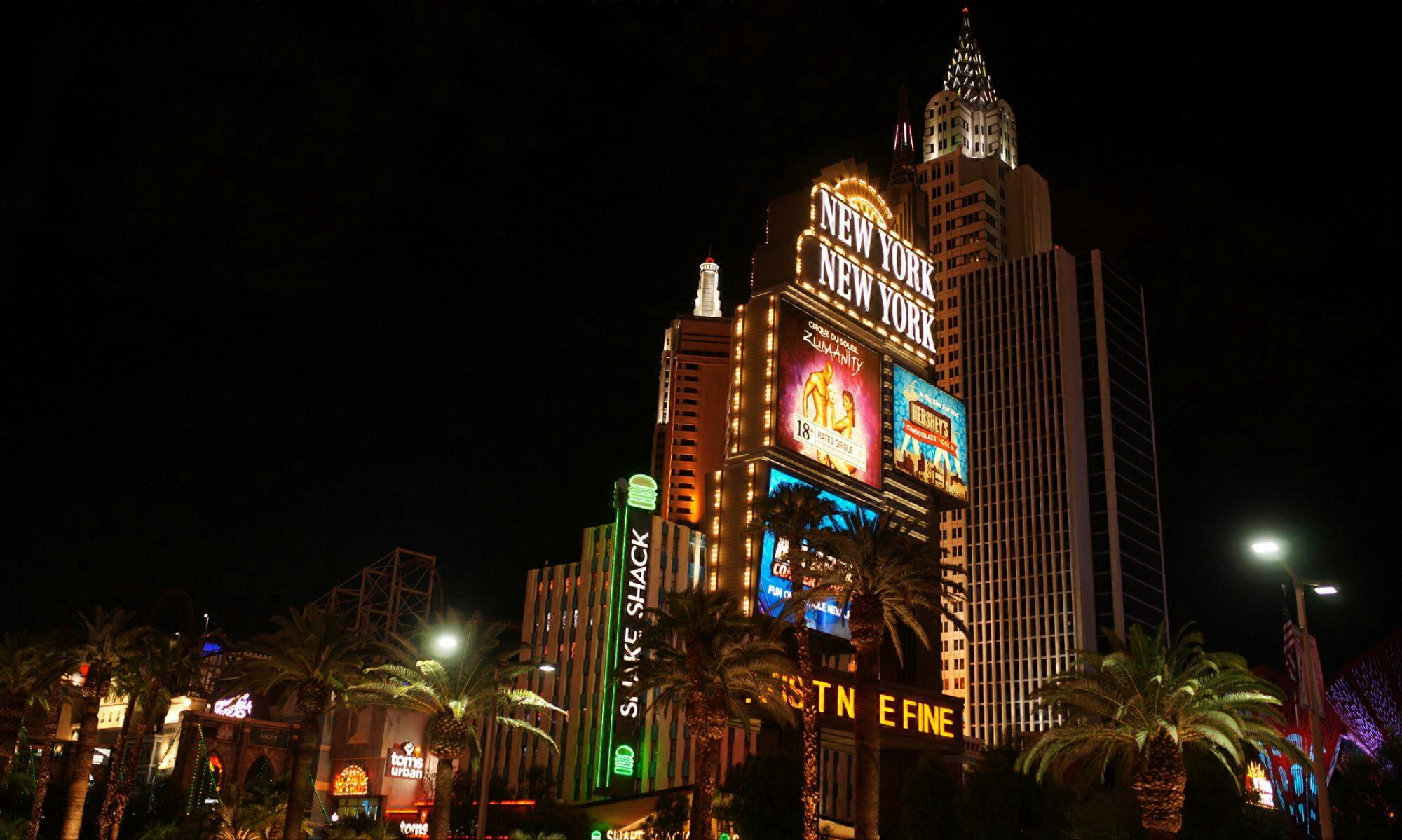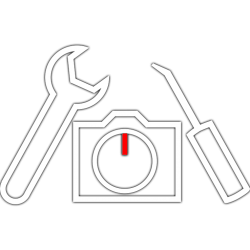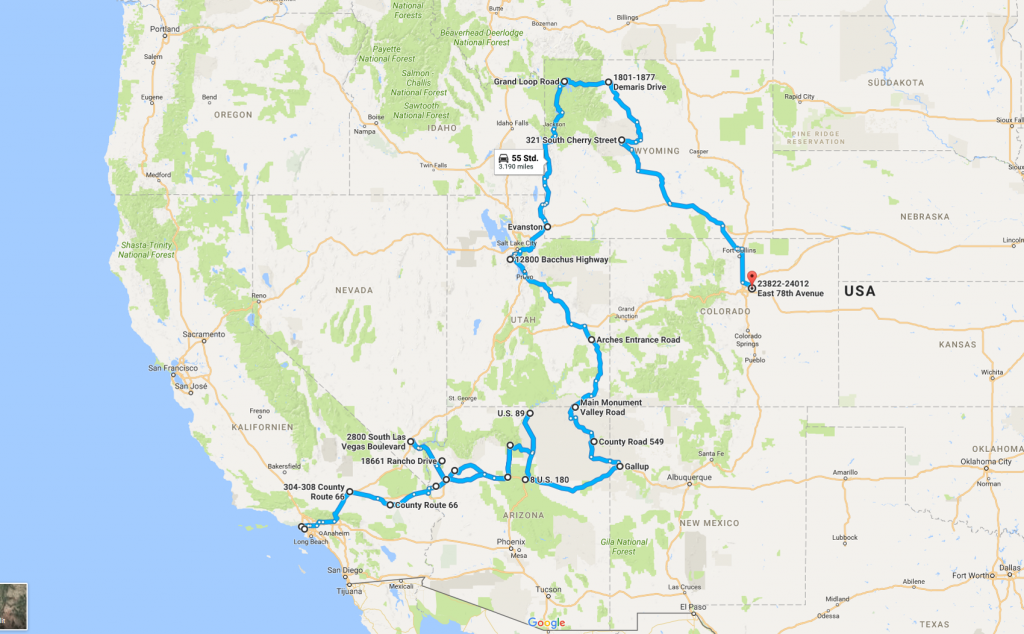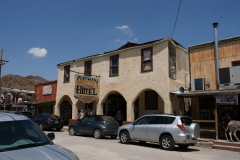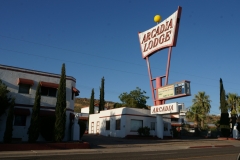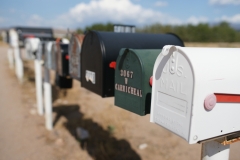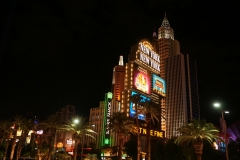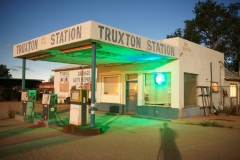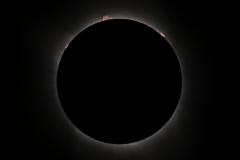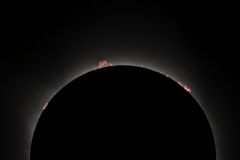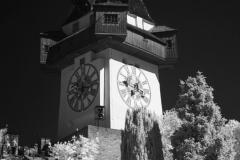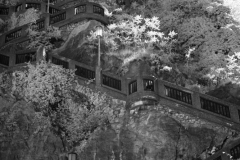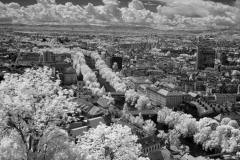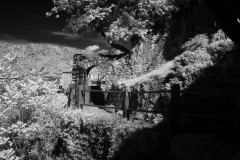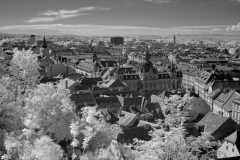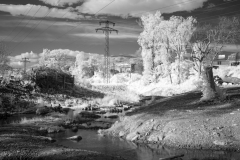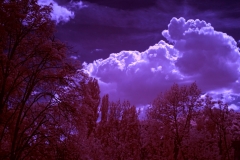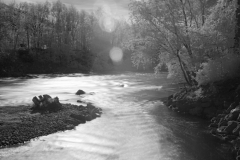For quite some time I would like to create night time movies in hyperlapses. For me, the most stunning results may be created by moving the camera along a linear path by the use of motorized sliders. Motorized sliders, which are more than 2 meters long, have an impressive price tag. Further more, these tools are bulky and heavy, especially when the setup attached to weighs in a few kilos.
Therefore I decided to build my own with a few goals in mind:
- light weight
- portable
- variable length
- suitable for a load of a few kilos
- wider range of speeds
- extendable for rotation axis
- direct control for camera(s)
To achieve all or most of these goals, I came up with a design built around carbon fiber tubes with aluminum screw-in fixtures. Appropriate tubes may be built from scratch or are readily available for camera gimbals. I chose the camera gimbal extensions, as there is no big price difference to buying stock material. Further more, they come in a handy size of +/- 40cm in length.
The end supports will have to hold the tubes as well as a gear belt, along which the slider cart will be driven. For long setups, I created supports, to prevent bending and excessive stress to the tubes. Both types of support will have legs as well as tripod mount screw holes (3/8 UNC thread)
The slider cart consists of 4 blocks holding 3 pulley wheels each. The blocks are attached to a base plate (in test setup a plywood sheet). In the middle of the base plate lies the motor unit consisting of a steper motor and 4 guiding wheels to create enough tension for the gear belt to be driven by the motor.
All in all, the shopping list is really limited, as most parts were 3D-printed. What I had to purchase or use (most parts were already to be found in the workshop) was:
- carbon fiber rods (at least 8)
- 24 ball bearings type 626 2RS (6x19x6 mm)
- GT2x10mm belt matching the desired length
- GT2 20 tooth drive gear
- 4 guide wheels without teeth for 10mm belt
- 1 NEMA 14 stepper motor, <3V nominal voltage
- several M5 and M6 screws, washers and nuts
- 3/8 UNC thread taper
- approximately 0.5m of 40x3mm Aluminum sheet
- 25cm of 30x50x3mm Aluminum L shaped profile
- Arduino, Stepper motor controller like A4988, 12-18V (lithium) battery
- 1 can of rubber spray like Plasti-Dip (c)
Most of the time I spent was in CAD constructing the parts. Printing took about 3 days. The pulley wheels have to be sanded for a smooth surface before coating with rubber. The remaining time was spent in cutting, drilling and tapering the aluminum parts, before all parts could be attached together.
The first test run was more than pleasing. See for yourself:
The next thing to do is to create a control box with all the features implemented for every day use 🙂
